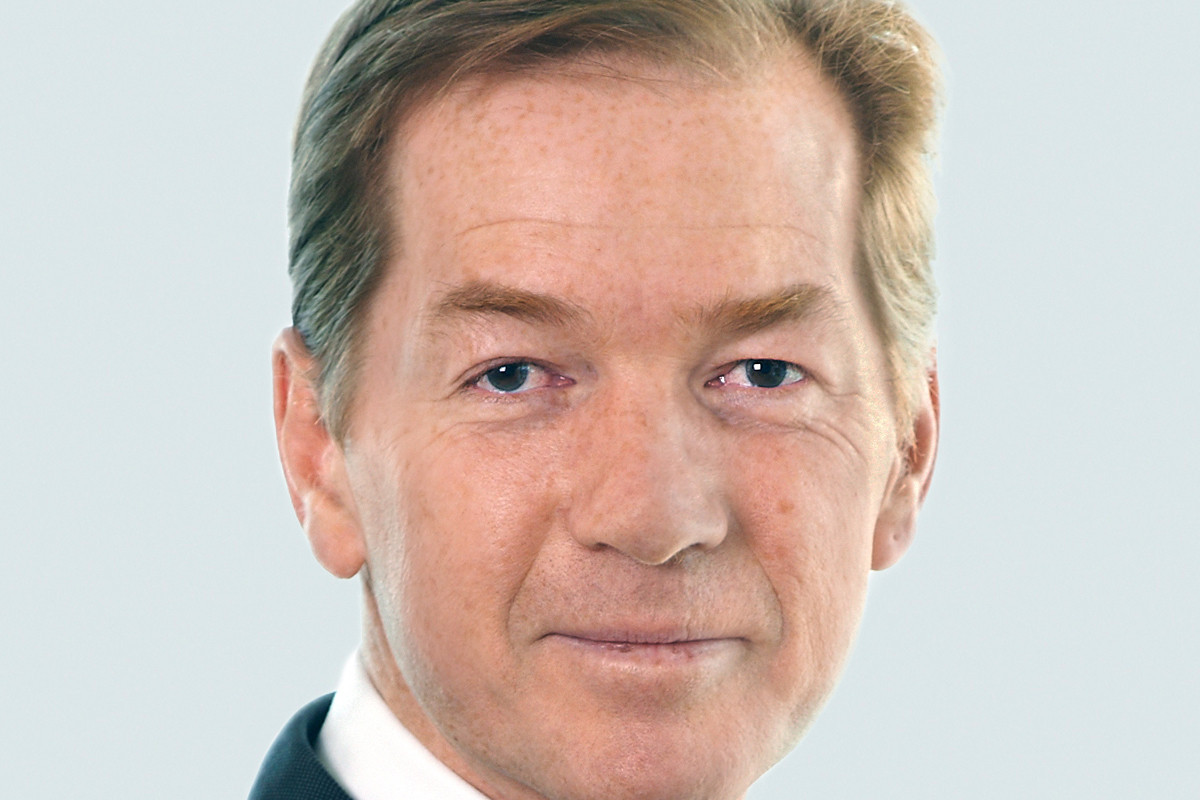This series previously looked at the controversy surrounding the European Commission in the forthcoming investment taxonomy. This instalment examines the--for the moment, hypothetical--possibility that the rules could splinter the cross-border fund market.
It is a widely accepted cliché that the French are enthusiastically pro-nuclear and the Germans are strongly against atomic power. Might that lead fund firms to shift product lineups and strategies to suit local tastes?
“It’s something that we are constantly battling with,” said Elizabeth Gillam, head of EU government relations and public policy at Invesco, a fund firm with roughly $1.57trn in assets under management. “There are increasing numbers of different labels and different standards. Germany is developing its own definitions of what a sustainable product is, France has already introduced its own marketing regime for products. And it’s increasingly hard to develop a single product that can tick all of those boxes.”
“We already have that split in the market, in terms of some markets who will not accept a product that includes nuclear and others that want it.” Gillam told Delano that her firm has been evaluating this question, “because obviously, our ambition would ideally be to have a single product range that could easily be distributed into all markets.” Invesco is “trying to think flexibly around how we cater to those different preferences. But I wouldn’t say we’ve solved that problem yet, if I’m honest.”
Global misalignment
Mirjam Wolfrum, director of policy engagement at CDP Europe, an NGO that runs an environmental disclosure system, agreed the guidelines might “result in market fragmentation.” She noted that “firms are often global, and even if they’re not, and operating only in one market, it’s key to have clarity, comparability and consistency. So that’s probably a bit of a boilerplate, but always worth repeating. I think as regards to the taxonomy, what really strikes, is a transparency tool, first and foremost. The inclusion of gas and nuclear will most likely hinder the capacity of investors to align their portfolios with net zero by 2050, and that is a global goal.”
Wolfrum argued that investors “cannot fully rely on the taxonomy now for measuring alignment of their portfolios on the basis of a science based approach,” which “undermines” its usefulness.
Aim for convergence
Other industry professionals are more circumspect. “Obviously, every player takes its own decisions and positions with regards to what it will invest in,” according to , partner and ESG services leader at the consultancy EY Luxembourg. The taxonomy can be a useful reference point for each firm when “developing its own strategy” without being “an argument to split markets,” she argued.
In addition to nuclear and gas activities, “there are probably others, not yet addressed by taxonomy, that could generate this type of debate as well. If you look at the ultimate goal, I think, at some point of time, this will all converge into something that is acceptable for end clients, for investors, for consumers. But there’s still a long way to go, I would say.”
National markets are themselves split
The cliché of national differences may be slightly overplayed, although not totally. Today “you can go in France, which is pro-nuclear, and you will have people in France who say that nuclear doesn’t belong in a sustainable green fund, despite what the taxonomy might say,” observed Rick Lacaille, senior investment advisor at the custody bank and financial data provider State Street.
He stated: “Let’s face it, despite the taxonomy having in a sense said it’s reasonably sustainable to have nuclear and gas, individual fund companies might still decide, from investment first principles, that nuclear isn’t very investable. Oil and gas, from their perspective is not a good bridge from coal. And I think they’ll do that on investment grounds, first and foremost, but possibly with a view to the customer base. If you’re selling into a country that predominantly has a viewpoint, then I think you’d be sensitised to that viewpoint, notwithstanding the taxonomy.”
It is more reasonable to target “a sort of 80/20 rule, where you’ve satisfied the majority in each country in your process of classification.” Lacaille said that by shooting for 80% of the market and leaving 20% aside, “you really are going to satisfy most customers” across the board.
